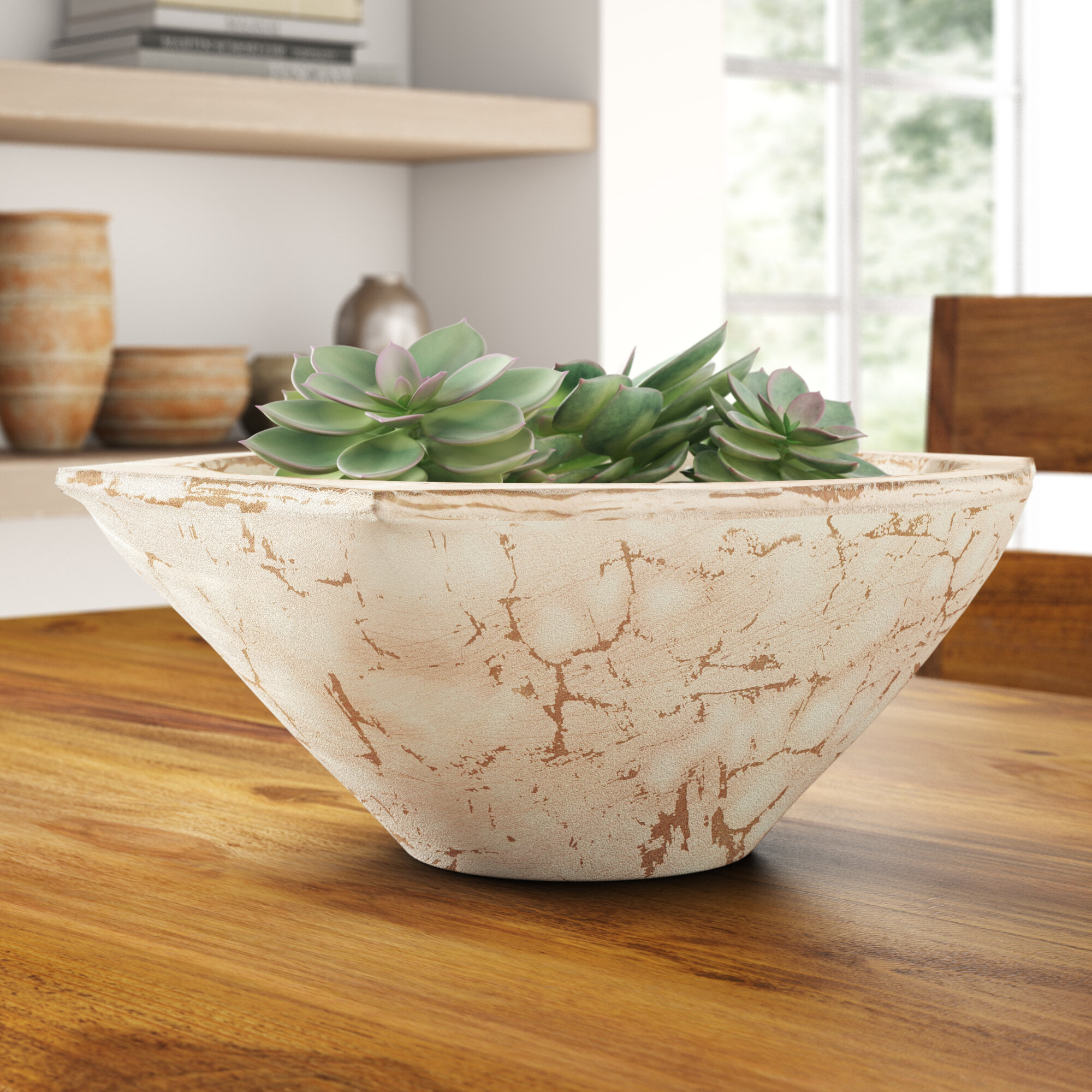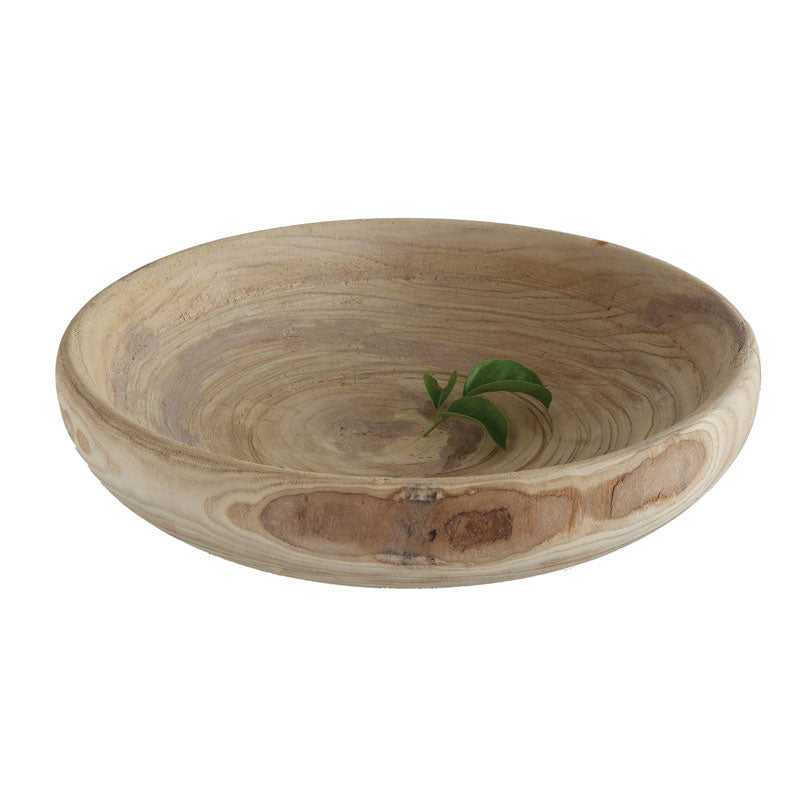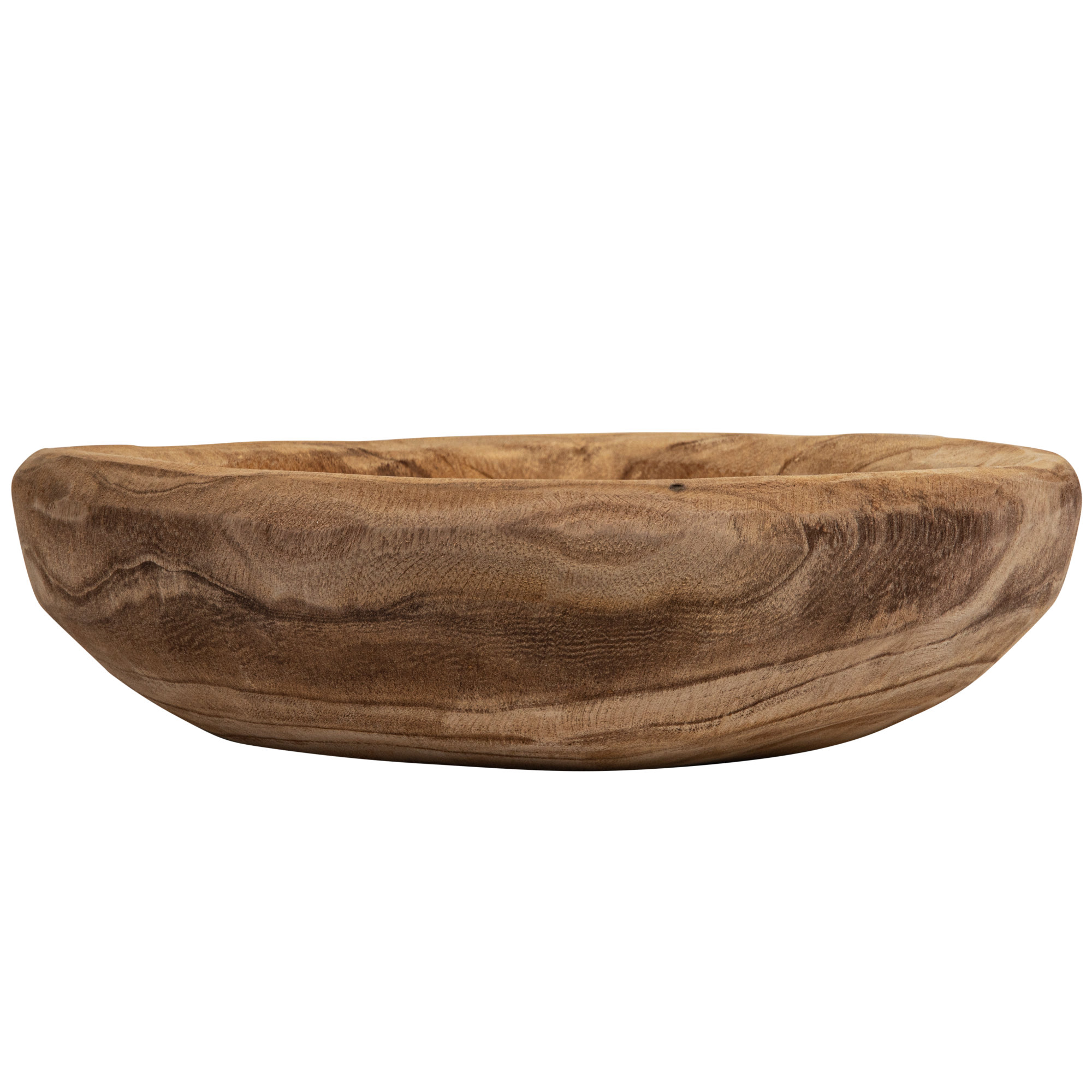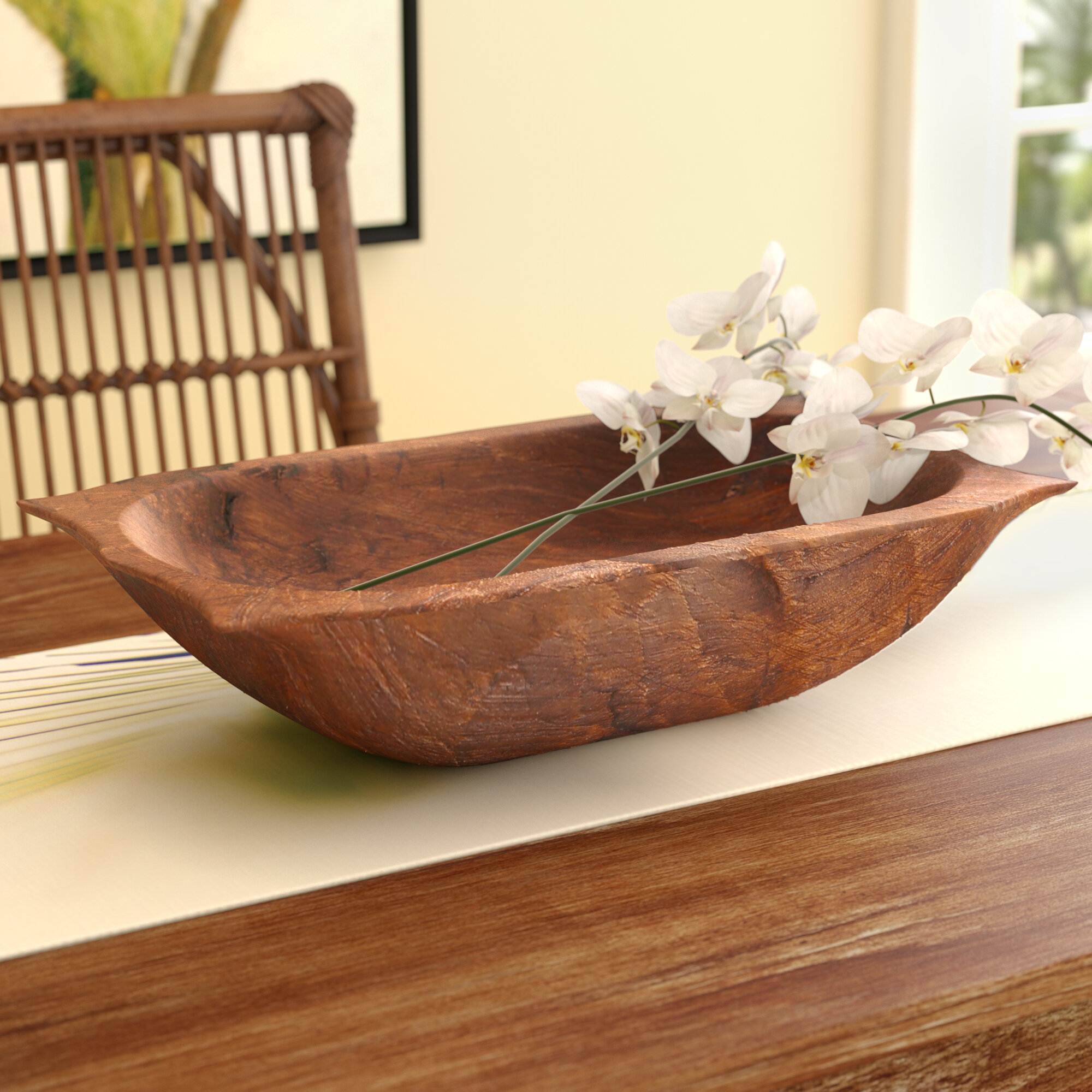Welcome to the world of wood decorative bowls! As a lover of home decor and all things artisanal, I can confidently say that these beautiful pieces can transform any space into a warm, inviting haven. With their organic textures and timeless appeal, wood decorative bowls serve not only as functional items but also as stunning art pieces that reflect your unique style. In this comprehensive guide, we will explore everything you need to know about wood decorative bowls—from types and styles to care tips and much more. Let’s dive in!
Understanding Wood Decorative Bowls
Wood decorative bowls are handcrafted or manufactured bowls made from various types of wood. They come in an array of shapes, sizes, and finishes, making them suitable for different decorative styles. Whether you prefer a rustic farmhouse look or a sleek modern aesthetic, there’s a wood bowl that will fit perfectly into your design scheme.
Why Choose Wood Decorative Bowls?
Wood decorative bowls are more than just attractive home accents. Here are some reasons why they deserve a spot in your home:

- Natural Beauty: The unique grain patterns and colors of wood add a natural warmth to any space.
- Versatility: These bowls can be used for various purposes, including serving food, holding decorative items, or as standalone art pieces.
- Durability: High-quality wooden bowls can last for generations if properly cared for.
- Eco-Friendly: Opting for wood items supports sustainability when sourced responsibly.
Types of Wood Decorative Bowls

Wood decorative bowls are available in numerous types, each offering different aesthetics and functionalities. Let’s explore some of the most popular types:
1. Salad Bowls

These large, deep bowls are perfect for serving salads, fruits, or snacks. They often have a smooth finish and can add a touch of elegance to your dining table.
2. Serving Bowls

Ideal for serving pasta, popcorn, or chips, serving bowls come in various sizes and are usually broader and shallower than salad bowls.
3. Decorative Centerpieces

These bowls are often used as decorative elements on coffee tables or sideboards, filled with decorative stones, candles, or seasonal items.
4. Nesting Bowls

Nesting bowls are sets of smaller bowls that fit within each other. They are functional, space-saving, and can add charm when displayed together.
Materials Used in Wood Decorative Bowls

The type of wood used significantly impacts the aesthetic and functionality of decorative bowls. Here are some commonly used materials:
| Type of Wood | Characteristics | Common Uses |
|---|---|---|
| Oak | Strong and durable with a distinctive grain | Salad bowls, serving bowls |
| Maple | Hardwood with a fine, smooth grain | Serving dishes, decorative items |
| Cherry | Rich color that deepens with age | Salad bowls, centerpieces |
| Teak | Water-resistant properties, ideal for outdoor use | Serving bowls, salad bowls |
Choosing the Right Wood Decorative Bowl for Your Home
Selecting the perfect wood decorative bowl can enhance your home decor while reflecting your personality. Here are some tips to guide your decision:
1. Consider Your Decor Style
Think about the overall theme of your home. A rustic wooden bowl fits well in a farmhouse setting, while a sleek, minimalist bowl complements contemporary decor.
2. Size Matters
Choose a size that fits the space available. Large bowls can serve as impressive centerpieces, while smaller bowls can be clustered for a charming accent.
3. Use Functional Versatility
Select bowls that serve both decorative and functional purposes. A salad bowl can double as a centerpiece when not in use.
4. Finish and Maintenance
Consider the finish of the wood bowl. Some may have a natural oiled finish, while others might be lacquered. The finish will affect maintenance and longevity.
Popular Styles of Wood Decorative Bowls
Wood decorative bowls come in a variety of styles to suit any taste. Here are some popular styles:
1. Rustic Wood Bowls
Emphasizing the organic feel of wood, rustic bowls often have a raw, unfinished look that brings an earthy charm to any space.
2. Modern Minimalist Bowls
Sleek and simple, minimalist bowls feature clean lines and smooth finishes, making them a perfect fit for contemporary decor.
3. Vintage Antique Bowls
Antique wood bowls can add character and history to your home, often showcasing intricate carvings or unique patinas.
4. Artistic Wood Bowls
Some bowls are crafted as pieces of art, showcasing unique designs or being hand-painted. These are perfect for those looking to make a bold statement.
Care and Maintenance of Wood Decorative Bowls
To ensure your wood decorative bowls remain beautiful and functional for years to come, proper care and maintenance are crucial. Here are some essential tips:
1. Washing
Always wash your wooden bowls with warm, soapy water. Avoid soaking them as wood can warp or crack.
2. Drying
Immediately dry your bowls with a soft cloth after washing to prevent moisture buildup.
3. Oiling
Periodically apply food-safe mineral oil to maintain moisture and prevent drying or cracking.
4. Avoiding Heat and Sunlight
Keep your bowls away from direct sunlight and heat sources to prevent warping and fading.
Pros and Cons of Wood Decorative Bowls
Like any home decor item, wood decorative bowls come with their own set of advantages and disadvantages. Here’s a quick overview:
| Pros | Cons |
|---|---|
| Natural aesthetic enhances decor | Can be expensive depending on the wood type |
| Durable and long-lasting | Requires regular maintenance and care |
| Versatile for various uses | Can warp in extreme humidity or heat |
| Eco-friendly options available | May not be suitable for all food types (e.g., acidic foods) |
Personal Experience: My Love for Wood Decorative Bowls
As someone who adores the warmth and character that wood brings to any room, I have curated a collection of wood decorative bowls over the years. One of my favorite pieces is a large, hand-carved cherry bowl that my grandmother gifted me. It’s not just a functional item; it’s a piece of my family’s history. I often fill it with seasonal fruits or use it to display decorative stones collected from different places I’ve traveled. Each time I look at it, I’m reminded of my grandmother and the stories she shared.
Additionally, I’ve found that wood bowls serve as fantastic conversation starters when hosting guests. They often comment on the unique grain patterns and ask where I found them, leading to delightful discussions about craftsmanship and design.
FAQs About Wood Decorative Bowls
1. Can I use wood bowls for serving food?
Yes, wood bowls are excellent for serving food, especially salads, bread, and fruits. Just ensure they are treated with food-safe finishes.
2. How do I prevent my wood bowl from cracking?
To prevent cracking, avoid exposing your bowl to extreme temperature changes, and regularly oil it to maintain moisture levels.
3. Are wood decorative bowls dishwasher safe?
Generally, it is not recommended to put wood bowls in the dishwasher as the heat and moisture can cause warping and damage. Hand wash them instead.
4. What types of wood are best for decorative bowls?
Tightly grained hardwoods like maple, cherry, and walnut are ideal for decorative bowls as they provide durability and aesthetic appeal.
5. How do I choose the right size bowl for my needs?
Consider how you plan to use the bowl. For serving, go for larger sizes; for decorative purposes, smaller bowls or a mix of sizes can create visual interest.
Conclusion: Elevate Your Home with Wood Decorative Bowls
Wood decorative bowls are more than mere decor; they are functional pieces of art that can enhance your living spaces. With their natural beauty, versatility, and eco-friendly attributes, incorporating wood bowls into your home decor is an excellent choice. Whether you choose a rustic salad bowl, a vintage centerpiece, or a modern minimalist design, these bowls can add warmth and character to your home. So, embrace the charm of wood decorative bowls and let your home tell your unique story!